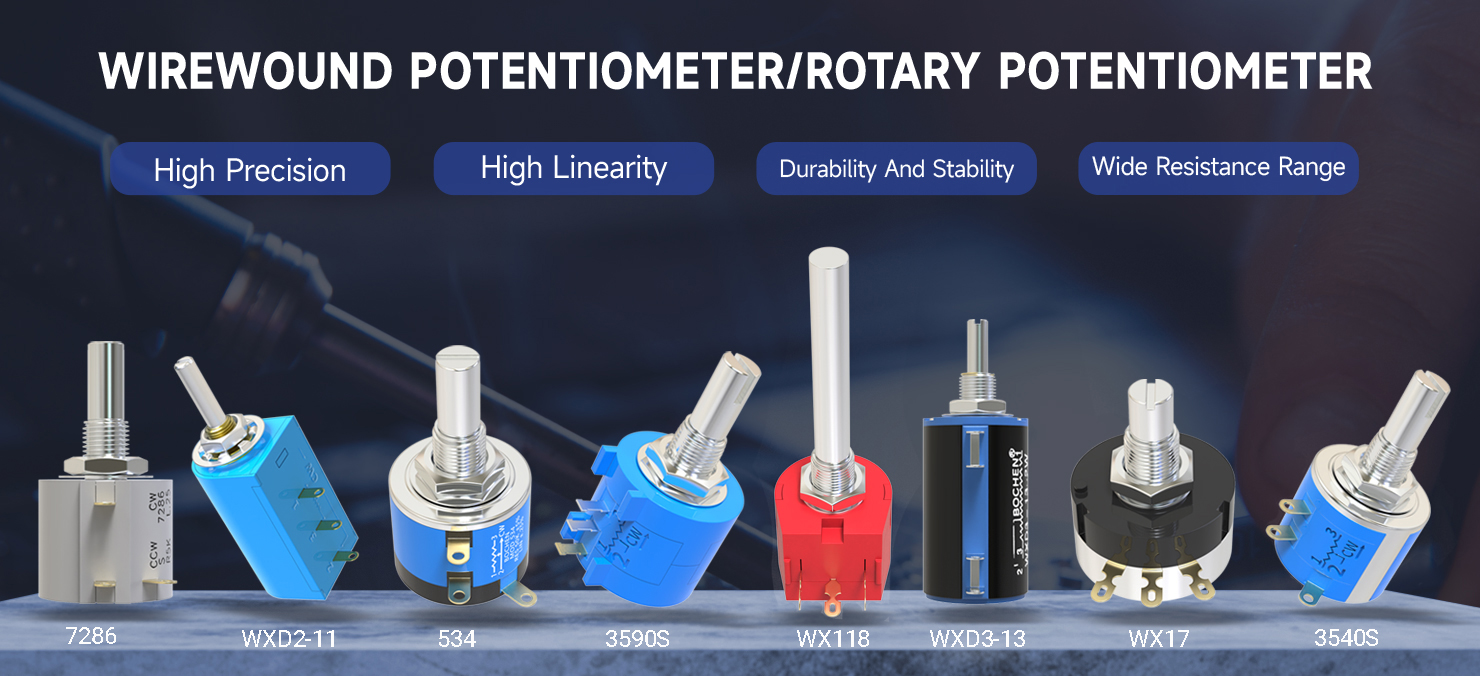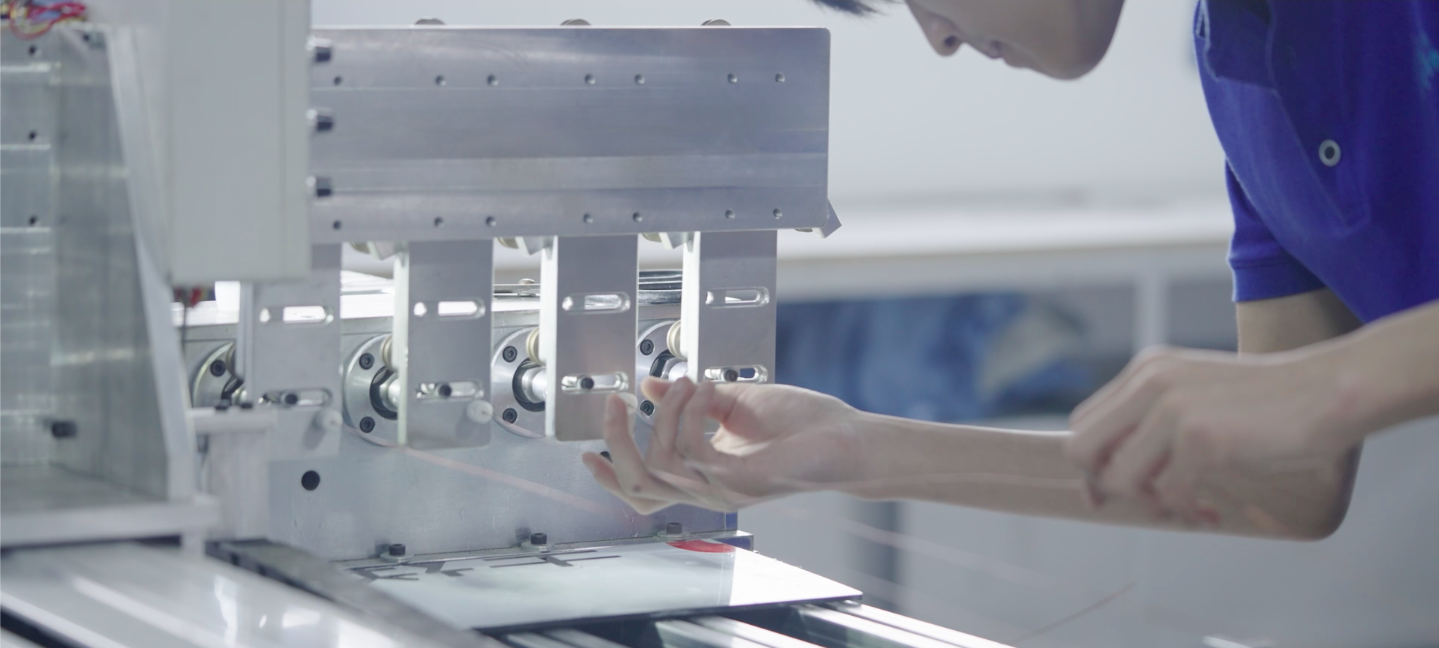In the world of electronic devices, a wire-wound potentiometer is an indispensable component. It not only regulates current but also achieves different resistance values according to the needs. However, there are some usage precautions that we must be aware of when using wire-wound potentiometers. In this article, we will talk about these usage precautions to help you use wire-wound potentiometers more smoothly.
What is a potentiometer with a winding?
A linear potentiometer, as its name suggests, is an electrical potentiometer with a winding structure. It typically consists of a resistance winding coil and a movable contact point that can be adjusted. You can think of it as a tuner that adjusts different resistance values to change the intensity of the current flow. This way, a linear potentiometer can be used to adjust functions such as volume and brightness.
The basic principle of using a potentiometer with a winding
Before we delve into the details of potentiometers, it is important to understand some basic concepts. The heart of a potentiometer is its method of regulation. By rotating the central axis, the contact points move along the winding coil, thereby changing the resistance value. When you pass current through a potentiometer, the change in resistance will cause a change in current, just like the flow of water through pipes of different diameters, where the flow rate changes.
Cautions for Using a Wire-Wound Potentiometer

1. **Avoid overloading**
When using a wire-wound potentiometer, it is important to ensure that it is not subjected to a load greater than its rated power. Imagine if you were to apply too much water pressure to a small hose – would it burst? The same principle applies to wire-wound potentiometers. They can overheat and even be damaged if subjected to excessive load. Therefore, it is important to consider the rated current and voltage of a wire-wound potentiometer when designing a circuit.
2. **Correct Connection**
When connecting the wires, make sure that the connections are correct. An incorrect connection method may cause the equipment to malfunction or even cause a short circuit. You can imagine putting a puzzle piece in the wrong place, and it will never be complete. To avoid such situations, refer to the product manual and ensure that you connect according to the instructions.
3. **Regular inspections**
A potentiometer wears out and ages over time. Just like your car needs maintenance after a long trip, a wire-wound potentiometer also needs regular inspection. Check if the contact points are worn out, and if the resistance value is still stable. If you notice any abnormalities, replace it in time to avoid affecting the overall performance of the circuit.
4. **Environmental Impact**
The performance of a wire-wound potentiometer is also affected by the use environment. High temperatures, humidity, or dust, for example, can accelerate its aging. Therefore, it is advisable to place it in a dry and well-ventilated location to avoid excessive temperature changes. You can think of it like a plant – if it grows in a harsh environment, it will have a difficult time thriving.
5. **Choose the appropriate model**
There are various types of potentiometer with winding available on the market. How to choose the suitable model? First of all, you should determine your application requirements, such as resistance range, power and size. Just like choosing shoes, the one that fits you best is the best.
6. **Avoid excessive rotation**
When adjusting a potentiometer with a winding, avoid aggressive movements. Rapid turning may cause damage to the components, and may even affect the stability of the circuit. Adjust slowly, like turning a delicate clock, and maintain patience and precision.
Post time: Nov-28-2024

